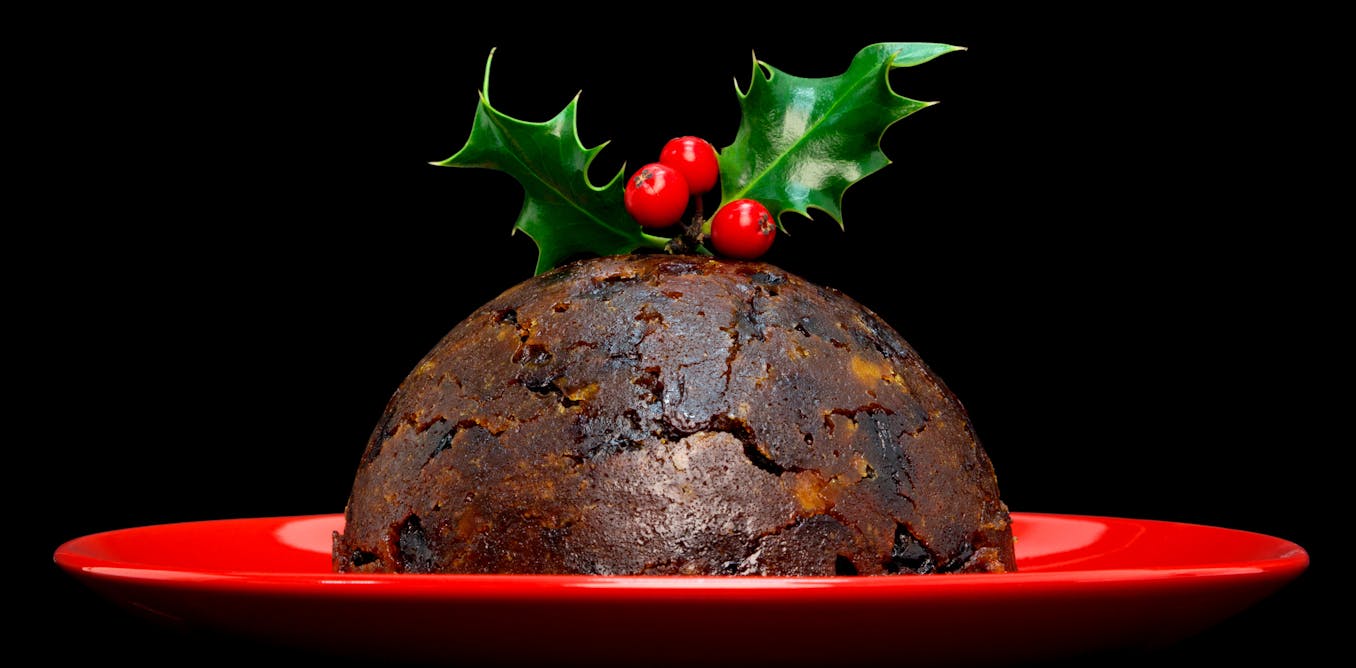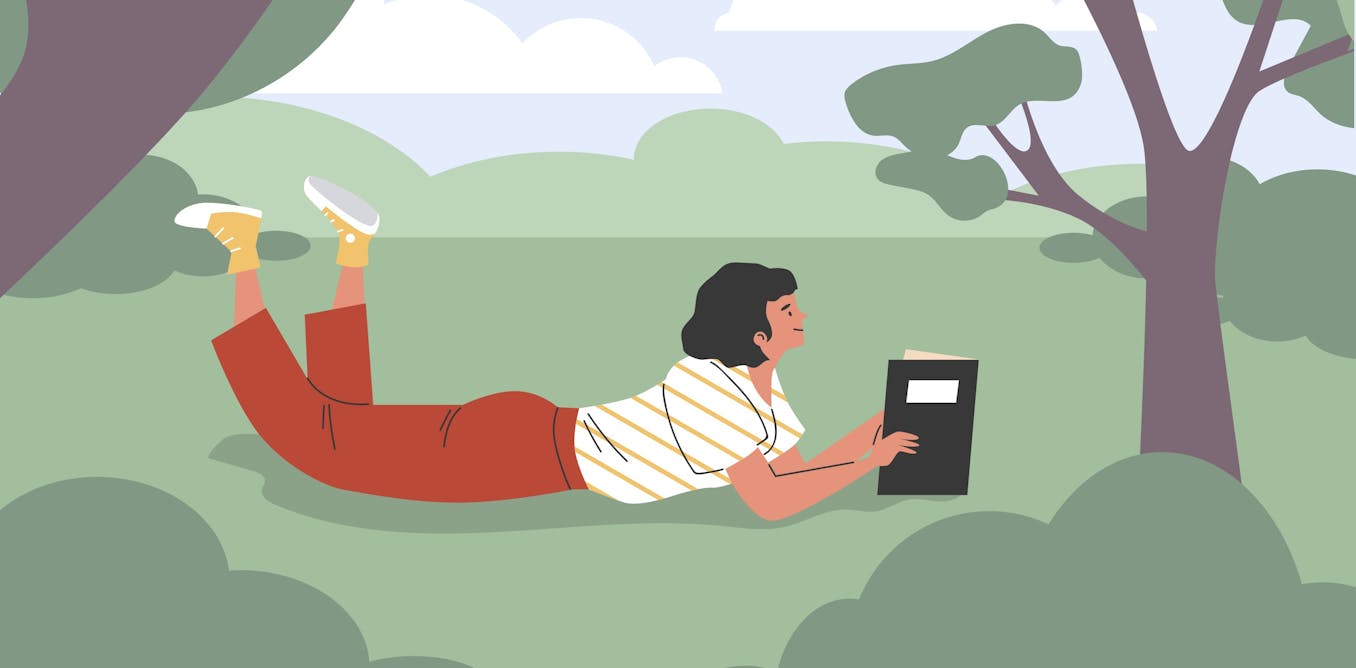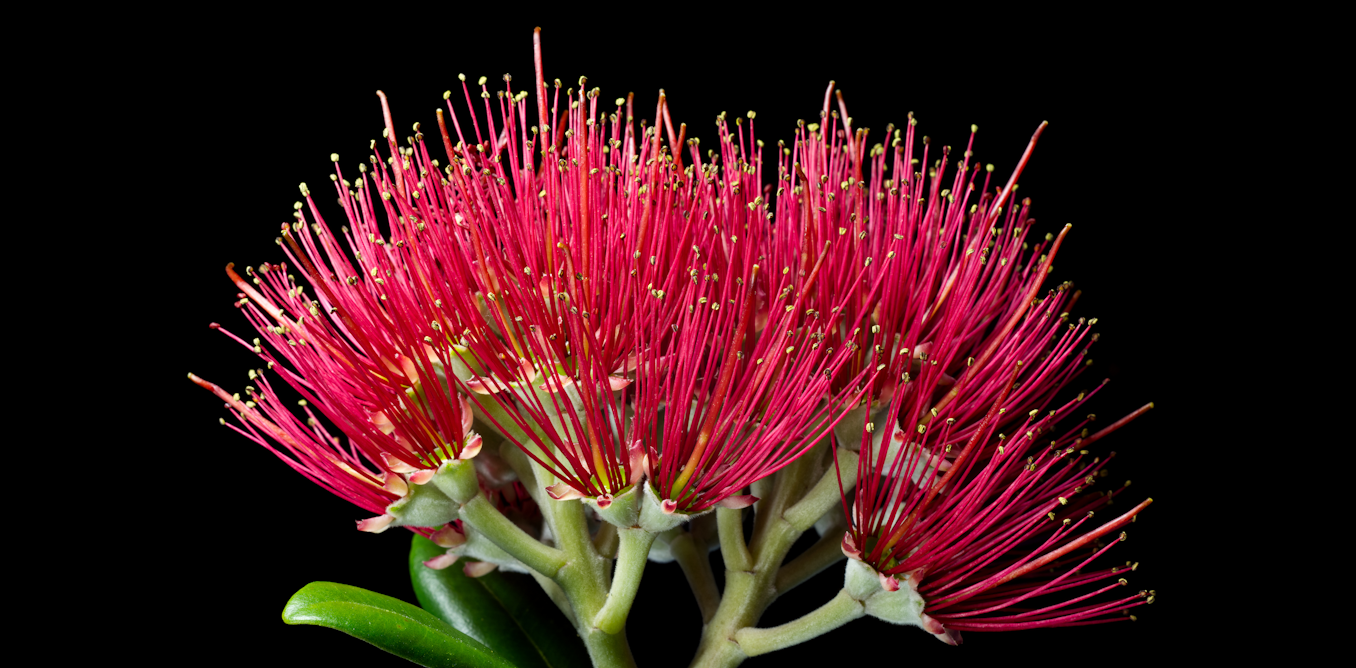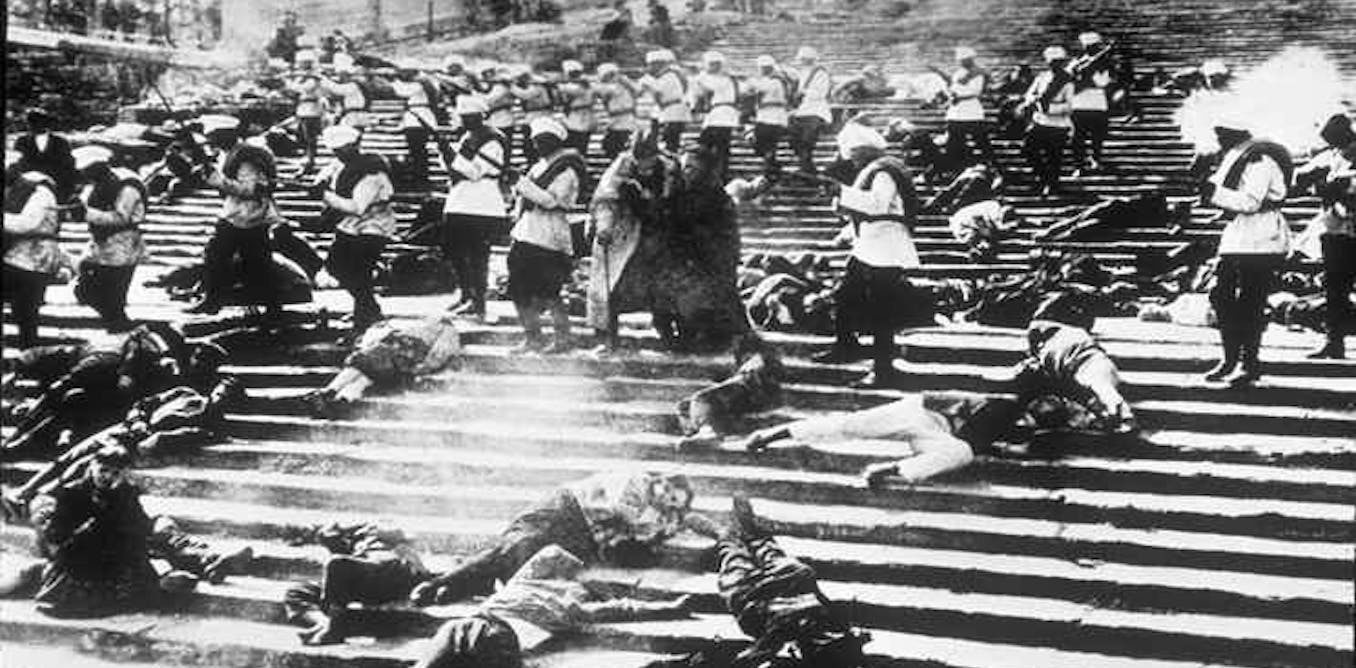Audrey Flack, a Photorealist artist whose work reproduced tchotchkes, trinkets, photographs, and more in painstaking detail, died on June 28 in Southampton, New York. She was 93.
Dealer Louis K. Meisel, whose New York gallery showed Flack’s art before she gained representation with Hollis Taggart, announced her death on Monday.
Flack’s art knowingly flouted the traditional standards of good taste, blurring the boundaries between high and low, painting and photography, and kitsch and avant-garde. Her work, though not always appreciated by critics, who sometimes scorned it for being out of step with artistic trends, gained her a cult following that has in recent years grown much wider.
“Now 92, Flack is having a moment,” Karen Chernick noted in a 2024 ARTnews profile of Flack. “This wasn’t a given, considering she’s always gone against the grain. She was figurative when abstraction and minimalism were ascendant; she used airbrushes when fine artists wouldn’t touch them; her still lifes of lipstick, roses, and beaded necklaces didn’t match the cars and trucks that her fellow Photorealists were painting. And when she decided to be a sculptor all of a sudden, her sculptures were polychrome.”
She died the same year that a memoir, With Darkness Came Stars, was released. Meanwhile, in October, the Parrish Art Museum in Water Mill, New York, is due to mount a survey of her art.
Among Flack’s most notable series is her “Vanitas” paintings, produced between 1976 and 1978. These works, often done at a gigantic scale, allude to the centuries-old tradition of vanitas still lifes, which are intended to remind viewers of their own mortality, placing skulls alongside an assortment of objects that often denote the passage of time. Flack’s “Vanitas” paintings may function similarly, but they are even more excessive than those of her Old Master forbears; hers burst with pictures of Marilyn Monroe, necklaces, burning candles, fresh cut flowers, juicy fruits, pocket watches, and lipsticks.
Some found these paintings to be aesthetically offensive. Critic John Russell, writing in the New York Times, called Flack’s paintings “irredeemably hideous.” Flack seemed to pay that critique no mind, continuing to produce dozens of Photorealist works.
A feminist undercurrent ran through Flack’s Photorealist paintings, as they differed from that of many male Photorealists, who generally focused on cars and the like. But at the time, her work faced an unusual conundrum. Some female observers felt that it was too excessive and too self-consciously feminine to fully be considered feminist. Yet in time, that debate subsided. Her work currently figures in a gallery devoted to feminist art at the Smithsonian American Art Museum in Washington, D.C., which acquired a work from the “Vanitas” series in 2022.
Audrey Flack was born in New York in 1931. Her parents kept reproductions of Old Master paintings around their Washington Heights home; Flack came to think of those images as her “friends.” But she didn’t think she would become an artist until she was admitted to Cooper Union in 1950.
At the time, Abstract Expressionism was still considered the pinnacle of art-making by New York critics. Flack disagreed with the “testosterone-fueled aggression and out-of-control drinking” that characterized the lives of Jackson Pollock, Willem de Kooning, and others, and sought a different path.
Once she graduated, Flack attended Yale University for graduate school, studying under artist Josef Albers, and then moved back to New York, where her friends ended up including Philip Pearlstein, Alice Neel, and other painters working in a figurative mode. She began to paint from photographs that she herself took, even using her own personal darkroom, constructed in the bathroom of her studio, to develop these images.
In her memoir, she recounted having received a postcard from curator Marcia Tucker in the 1970s that featured 17th-century Spanish artist Luisa Roldán’s sculpture of the Virgin of Hope of Macarena. Flack didn’t know Roldán, an important Baroque sculptor, had produced the piece until she visited the Seville church where it is housed.
“I didn’t care that this art was dismissed as lower-class kitsch,” Flack said of that piece. Her own paintings, too, seemed to run against masculinist expectations for what art ought to be.

During the 1980s, Flack felt she had reached a dead end with her paintings and paused art-making for a couple years. Then she returned as a sculptor, creating monumental works depicting goddesses with flowing robes and lithe figures.
Flack heralded these works as a way forward for art writ large. “I do go back to the ancients and to Neoclassicism, but my work is very contemporary,” Flack told the New York Times. “It’s postpostmodern.”
Toward the end of the career, she tacked on another “post-” to her work, creating paintings that she labeled “Post-Pop-Baroque” that featured accumulations of horses, text, fantastical beings, and more, all cramped together. “I like bringing back the masters,” she said.
When Flack was profiled by ARTnews, she said she had more work coming—and that these new paintings would be hard to ignore. “They’re not going to be over-the-sofa paintings,” she said.

The post “Audrey Flack, Photorealist Who Painted with Exacting Detail, Dies at 93” by Alex Greenberger was published on 07/01/2024 by www.artnews.com





































